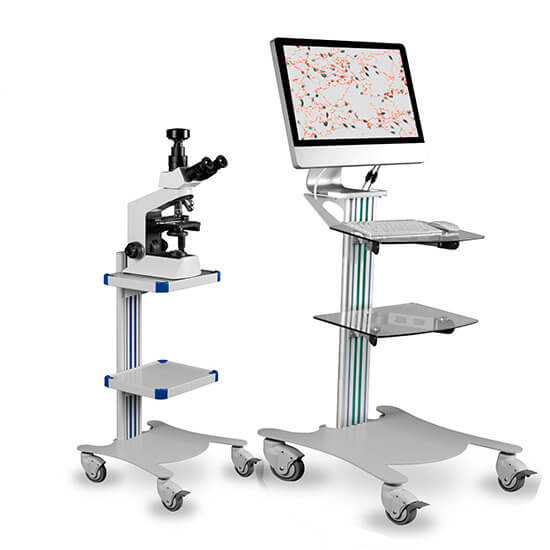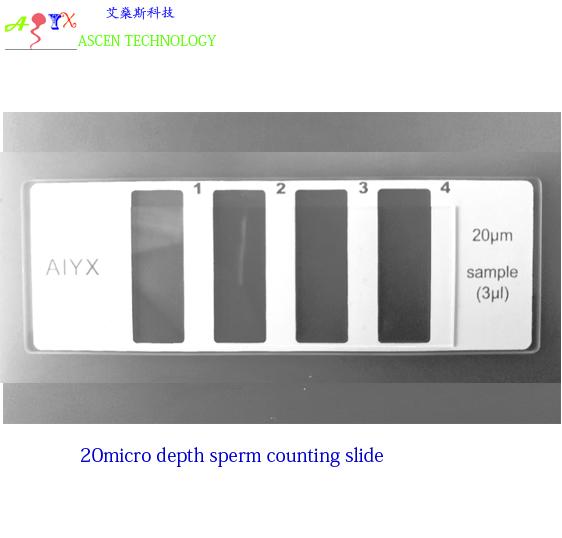

Modern technologies used nowadays for quantitative description of fish sperm flagella in movement will be briefly described as they are more and more needed for prediction of the quality of sperm used for artificial propagation of many fish species used in aquaculture. Additional factors such as energy management will be addressed as they constitute a limiting factor of the motility period of fish spermatozoa.

This chapter is an updated overview of the signaling pathways going from external signals such as osmolarity and ionic concentration and their membrane reception to their transduction through the membrane and their final reception at the flagellar axoneme level. Moreover, we must be aware of new technology that could change the paradigm for studying sperm motility and morphology.For reproduction, most fish species adopt external fertilization: their spermatozoa are delivered in the external milieu (marine- or freshwater) that represents both a drastic environment and a source of signals that control the motility function. Protocols for capturing and analysing motility or morphometry should be standardised and adapted to each experiment, and the algorithms should be open in order to allow comparison of results between laboratories. Finally, although the data provided by CASA systems provides valuable information on sperm samples by applying clustering analyses, there are several caveats. We also consider novel approaches, such as the use of geometric morphometrics or imaging flow cytometry.

The former method has allowed exploration of subpopulation patterns in many species, whereas the latter offering further possibilities, especially considering functional studies and the practical use of subpopulation analysis. We also provide a brief description of the statistical tools used for extracting sperm subpopulations from the datasets, namely unsupervised clustering (with non-hierarchical, hierarchical and two-step methods) and the most advanced supervised methods, based on machine learning. In this review we analyse the significance of the internal heterogeneity of sperm samples and its relevance. The use of multiparametric statistical methods can help explore these datasets, unveiling the subpopulation structure of sperm samples. Computer-aided sperm analysis (CASA) produces a wealth of data that is frequently ignored.


 0 kommentar(er)
0 kommentar(er)
